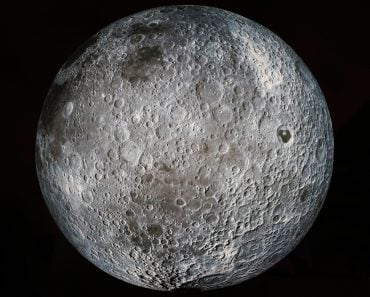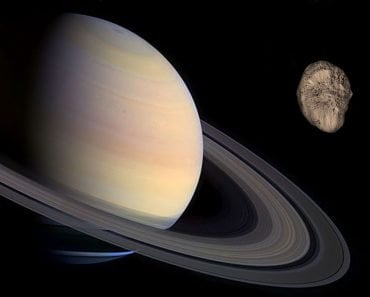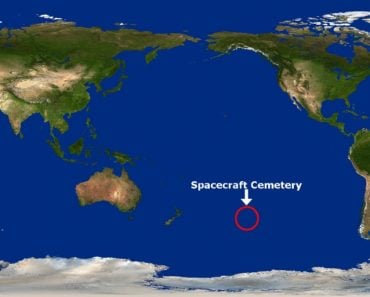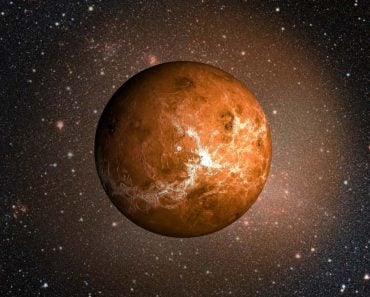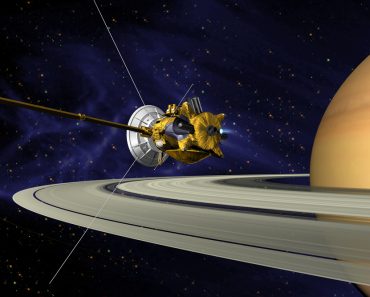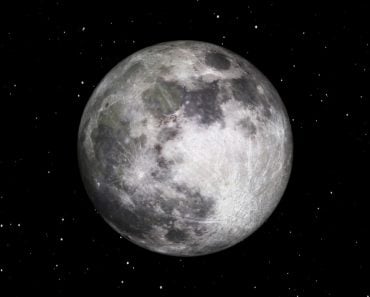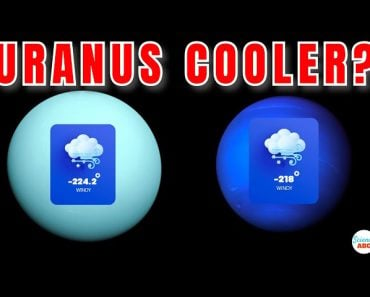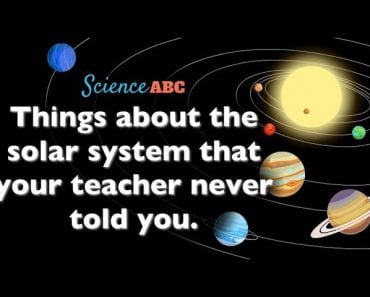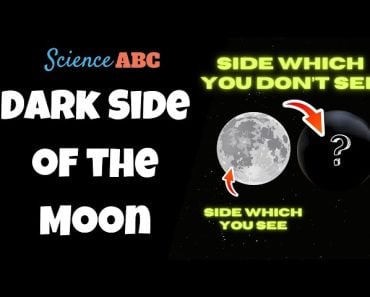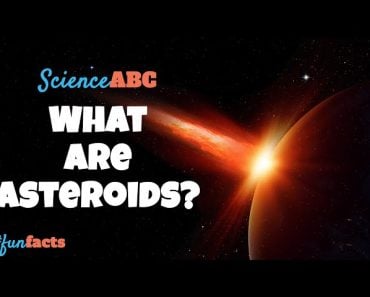Table of Contents (click to expand)
The satellite Mimas acquired its nickname, the Death Star Moon, from the legendary movie Star Wars. The reason for this appropriate nickname is because the satellite has a massive crater on its surface, which strikes an eerie resemblance to the space station borne from the cruel mind of Darth Vader!
The natural satellite of Saturn, called the Death Star Moon, acquired its name from the legendary movie Star Wars. The reason for this appropriate nickname is because the satellite has a massive crater on its surface, which strikes an eerie resemblance to the space station borne from the cruel mind of Darth Vader!
However, pop culture references aside, scientists have made a number of interesting observations based on the data acquired about the moon, some of which scientists are still unable to explain. These observations range from the moon seeming to have a hollow center, while its thermal imaging resembles that of Pac-Man! Let’s dive into understanding this bizarre satellite on a more in-depth level.
Recommended Video for you:
Mimas: An Overview
Mimas In Greek Mythology
The name Mimas takes its inspiration from Greek mythology. The mythological Mimas was a giant killed by Mars in the war between the Titans and Gods of Olympus. Even after his death, it is said that Mimas’ legs turned into snakes and sought revenge.
Mimas was named by John Herschel, son of the famous English astronomer William Herschel. His explanation behind the naming is that in Greek Mythology, Saturn devoured his children, so the names of the first seven moons of Saturn were named after those devoured children.
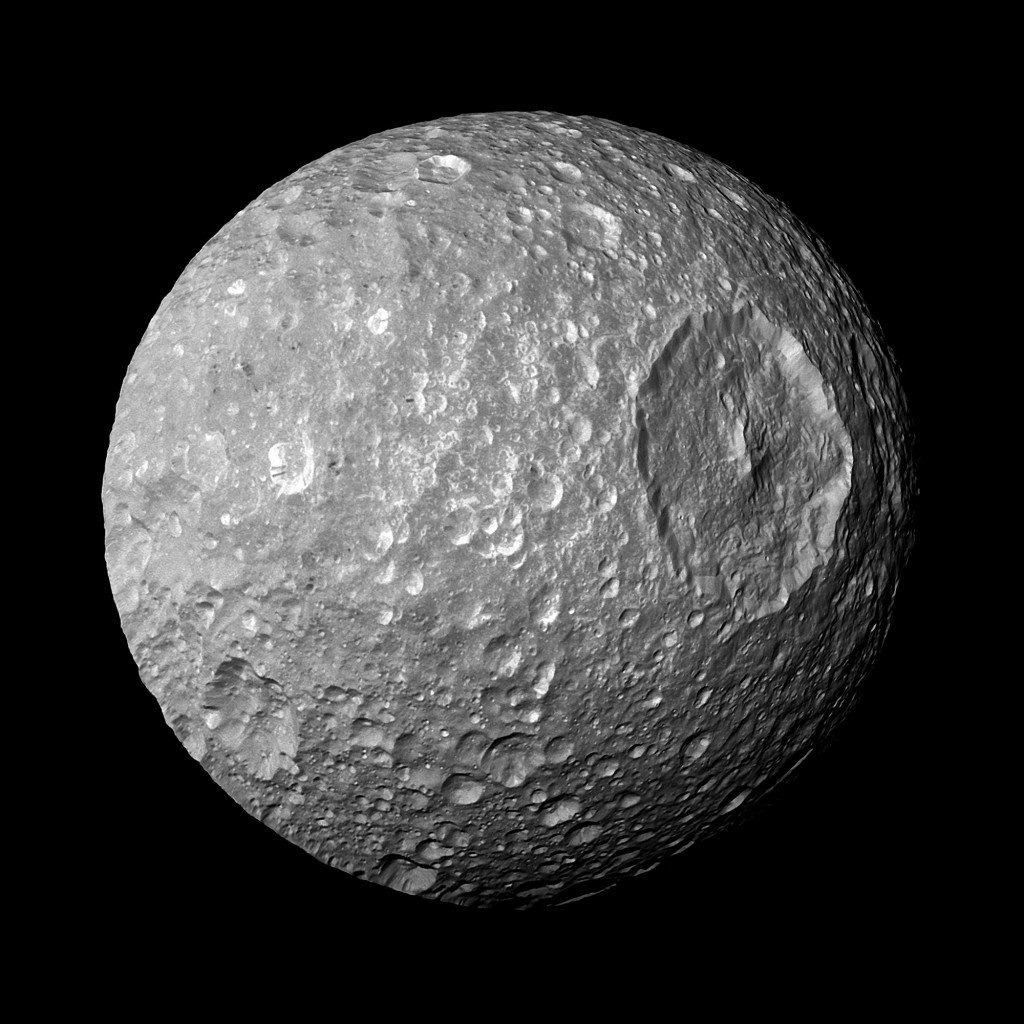
It is also referred to as Saturn I called by the International Astronomical Union, based on the fact that it is closer to Saturn than all of its natural satellites.
Mimas Moon Facts
This satellite is one of Saturn’s smallest and innermost moons, with a mean radius of 198km. It is not perfectly spherical, and tends to lean more towards an ovoidal (3D oval) shape. It is speculated that the only other substance present in Mimas apart from the rocky body is water and ice. It orbits at a mean distance of 186,000 km from Saturn and takes around 22 hours and 36 minutes to complete one orbit around Saturn. Most of Mimas’ surface has been wholly filled with impact craters, which can reach an upper limit of 40 km in diameter.
Death Star And Icy Mysteries
Mimas holds a very unusual title in the fact that it has more craters present on its surface than any other celestial body in the solar system.
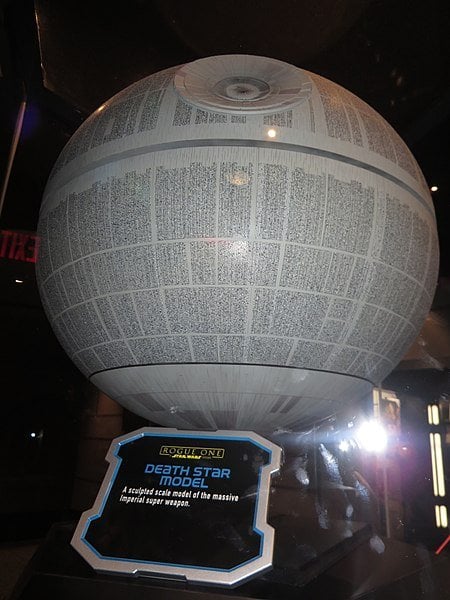
Even though there are individual craters that are very large in diameter, those present in the South Pole are considerably smaller, with widths reaching around 20km. This drastic degree invariance in the diameters indicates that the South Pole region underwent some significant resurfacing changes.
Mimas And The Herschel Crater
The most remarkable thing about Mimas, however, is the gaping Herschel crater, which spans a large portion of the moon. At 144 km in diameter, the crater nearly covers one-third of the moon, which in itself has a diameter of 396km. To give some intuitive perspective, the same percentage crater on Earth would span over 4000km. Scientists believe that whatever was responsible for this impact nearly destroyed the moon.
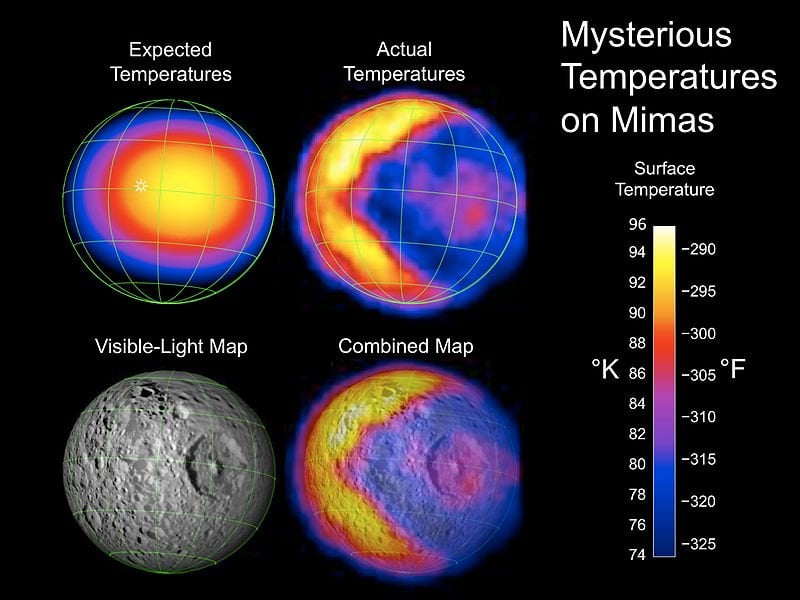
A temperature map created by NASA during the Cassini Spacecraft mission showed a peculiar pattern. The heat signature is remarkably similar to that of a Pac-Man, a shape essentially engulfing the Herschel crater. Temperatures around the Herschel crater are cooler than more distant regions of the moon, with a slightly warm spot showing up on the crater itself.
Another interesting fact about this moon is that this natural satellite has a very low density! Yes, despite the crazy heat signatures we have, the estimates are that it’s only 1.17 times denser than ordinary water. This is leading scientists to conclude that most of the moon is primarily composed of water ice, with only a small composition of rock.
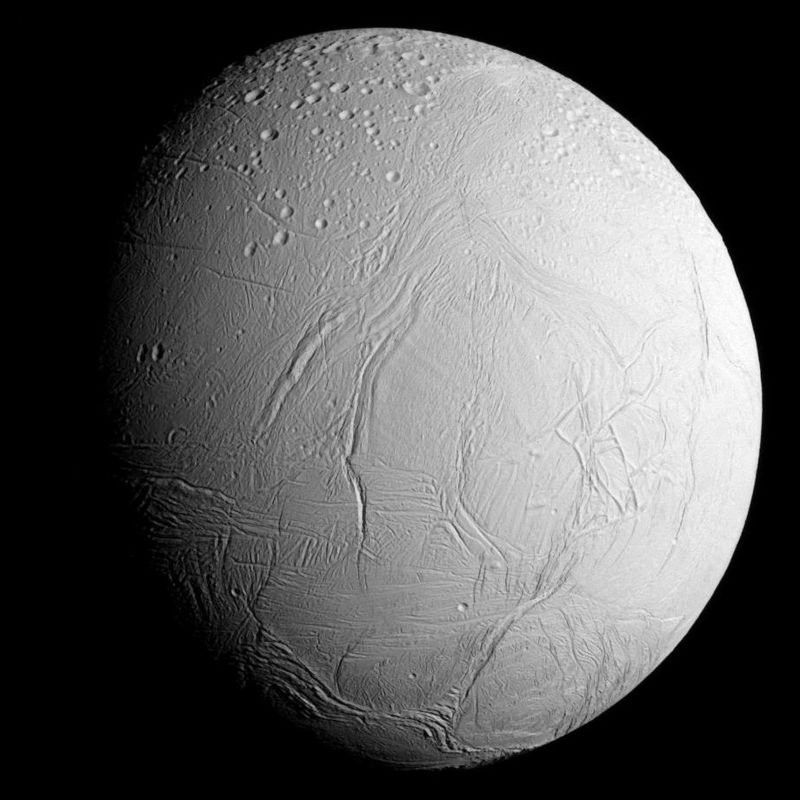
However, the areas where the Pac-Man heat signature are present are said to be primarily composed only of rock. Concerning its orbit, Mimas has a slightly elliptical path, which makes the planet experience cyclic waves of heating in its hollow interior. It lies closer than its fellow natural satellite, Enceladus.
That being said, there are plenty of active geysers at the south pole of Enceladus, in stark contrast to the heavily cratered, unchanging surface of Mimas. This disparity has led to the creation of the “Mimas test”, which requires a theory explaining both the plumes of Enceladus and the entire frozen surface of Mimas.
In conclusion, Saturn’s Death Star moon is shrouded in mystery and intricacy, and requires a further level of investigation to properly explain its quirky and ambiguous nature.


